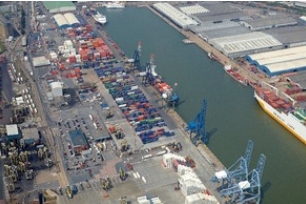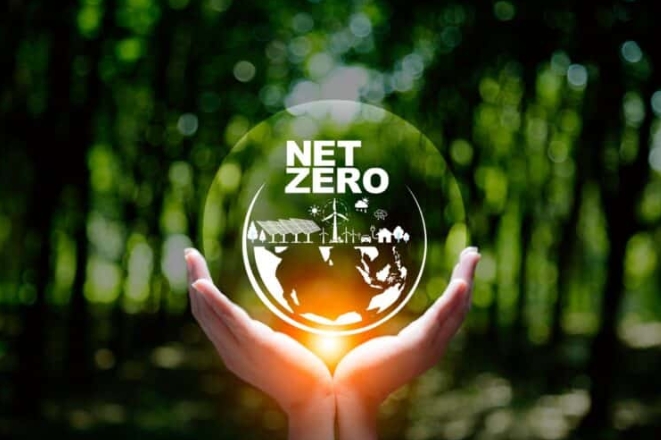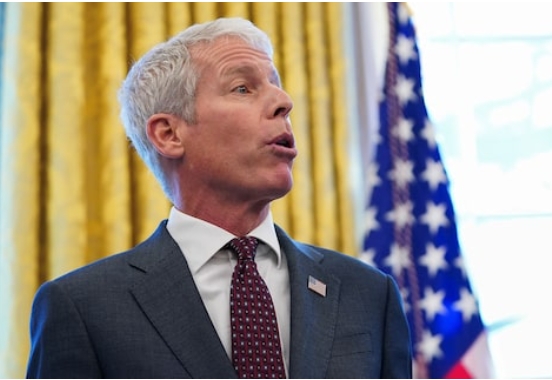Australia’s share of global CO2 emissions from domestic use of fossil fuels was about 1.4% of global fossil fuel combustion emissions in 2017. We find that accounting for fossil fuel exports lifts Australia’s global carbon footprint from domestic use and export of fossil fuels to about 5%. This carbon footprint is equivalent to the total emissions of Russia, which is ranked the fifth biggest CO2 emitter globally.
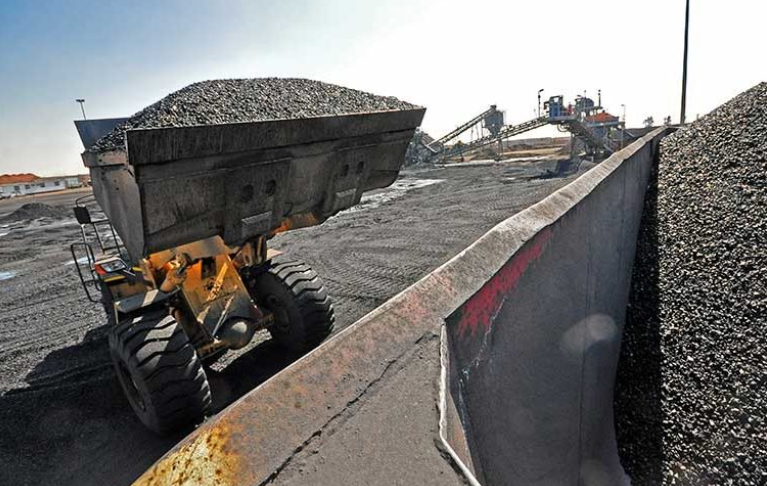
The report shows Australia on track to be responsible for up to 13% of global greenhouse gas emissions by 2030, as Australia ramps up its exports of coal and gas, while other countries shift away from the polluting fuels.
Australia currently produces 1.4% of global greenhouse gas emissions domestically, but the analysis shows that Australia is responsible for an even higher proportion of global emissions due to Australia’s leading position as an exporter of fossil fuels.
Australia is the world’s largest exporter of coal and is on track to also take the crown as the world’s largest exporter of natural gas, and that makes it the biggest “dealer” in fossil fuel emissions. And on a per capita basis, its emissions – including these exports – beat China by a factor of nine.
The report found that 2.9% of global emissions are attributable to coal exported from Australia, and an addition 0.9% of global emissions being produced by Australian gas exports. When combined with Australia’s domestic emissions, Australian sourced fossil fuels account for around 5 per cent of global emissions.
Australia supplies almost one-third of the global export market for coal, and controls around one-fifth of the total worldwide LNG capacity. The Climate Analytics forecast shows Australia defying international commitments to reduce greenhouse gas emissions, as the world takes on the challenge of avoiding the worse impacts of global warming, to which Australia is particularly vulnerable.
Australia’s contribution as a supplier of fossil fuels is expected to grow even higher, as Australia’s coal and gas exports grow, with Australia’s current policy settings seeing Australia attempting to push even more fossil fuels into a shrinking global market.
“The results of this analysis show if current government and industry projections for fossil fuel exports are realised, Australia could be responsible (including both domestic and exported emissions) for about 13% (between 11.9% – 17.4%) of Paris Agreement compatible global CO2 emissions in 2030. By far the largest growth would be coming from coal exports,” Climate Analytics said in its report.
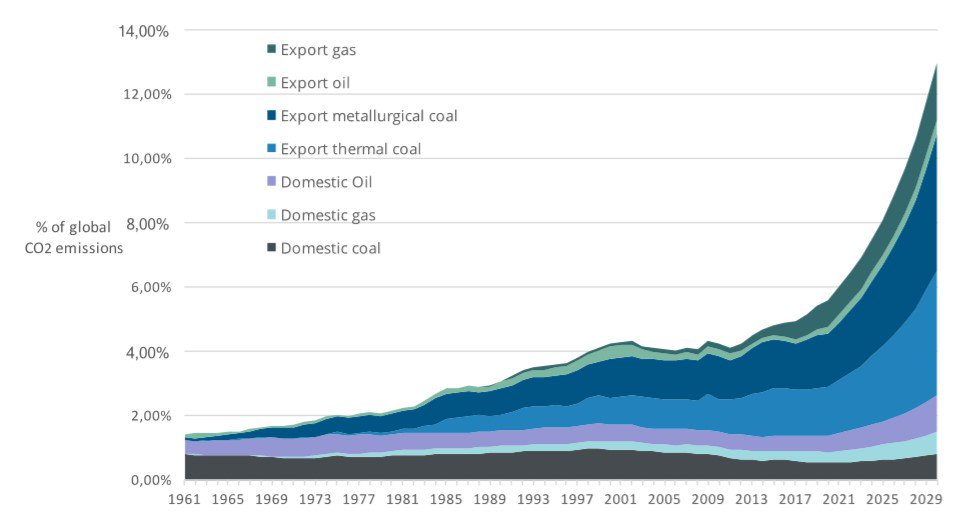
The Climate Analytics report suggests that the Federal Government is taking a massive economic as well as environmental gamble, hoping that it can tap into a growing market for fossil fuels when market signals suggest the global energy market, and in particular, the energy market within the Asian region, is undergoing a fundamental transformation towards cleaner energy sources.
“This report confirms Australia is on track to become one of the world’s worst contributors to climate damage,” the Australian Conservation Foundation’s Gavan McFadzean said.
“Burning coal and gas is the number one cause of the climate crisis and Australia is now the number one exporter of both, with quantities projected to increase dramatically in coming years.”
The findings further undermine the claims made by the Federal energy and resources ministers, Angus Taylor and Matt Canavan respectively, that Australia’s energy exports were driving down global emissions.
The Federal Government has downplayed Australia’s contribution to global emissions, using Australia’s relatively small population as a means of masking an otherwise disproportionate contribution to carbon pollution.
“While emissions increases from the rapid growth of LNG exports are included in Australia’s emissions in the report, the success of this industry means that it has potentially reduced global emissions by up to 27% of Australia’s annual emissions in the year to December 2018,” Taylor said in a statement following an update to Australia’s greenhouse gas inventory released in June.
It’s a claim that appears to have no basis in any sound analysis of the role Australia’s energy exports play in offsetting the use of other energy sources, with the genuine prospect that Australian coal and gas are contributing to an overall increase in global emissions.
Based on current policy settings, Australia’s contribution as a source country for fossil fuels is set to grow. With other major economies taking steps to decarbonise their economies, while Australia appears set to double down on its role as a global supplier of coal and gas, Australia is set to represent an ever-increasing share of global emissions.
“When we add Australia’s exported emissions to our domestic emissions, Australia rockets to equal fifth on the list of major global climate polluters, alongside Russia and behind only India, the European Union, the USA and China.” McFadzean said.
When Australia’s per capita emissions are compared with other global leaders in greenhouse gas emissions, Australia is seen to be disproportionately contributing to global emissions. When emissions from fossil fuels that are used domestically are combined with emissions from fuels exported, Australia’s per capita emissions are around nine-times larger than those of China.
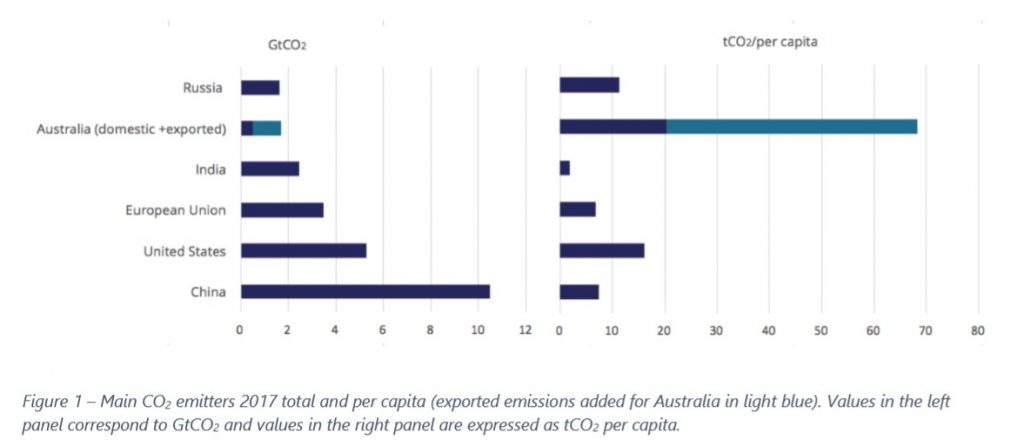
Australia has invested significantly in increasing its gas export capacity with an eye to cashing in on historically higher prices for gas in the Asian market. But such an expansion has raised the risk that such large investments in Australia, as well as by other countries, may lead to a flooded market and stranded investments.
Additionally, the development of new coal production in areas that include the Galilee basin, have come with the warning that Australia is about to unleash a carbon “bomb” that will undermine efforts to limit carbon emissions within the budgets consistent with limiting warming to no more than 2 degrees above pre-industrial levels.
“With planned coal and gas expansions, Australia could account for up to 17 per cent of global emissions by 2030, with Australian coal responsible for 12 per cent of global emissions by then.”
“If Adani’s mine and all the other coal mines proposed for the region reach full production by 2030, the Galilee Basin on its own could account for up to 5.45 per cent of global climate pollution in 2030.”
“Instead of encouraging new fossil fuel projects, a responsible Federal Government would recognise that most of Australia’s fossil fuel reserves must stay in the ground and would facilitate the necessary rapid transition to clean, renewable energy while working actively to support communities that will be affected by this transition,” McFadzean added.
